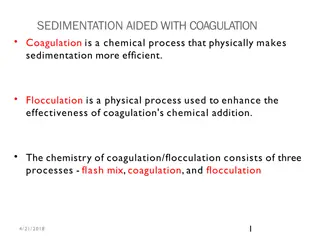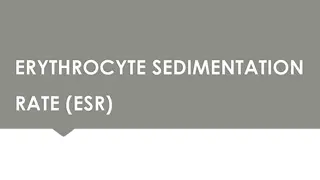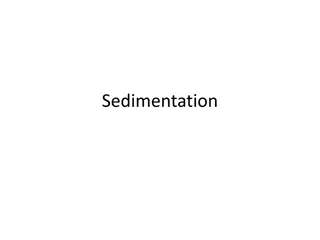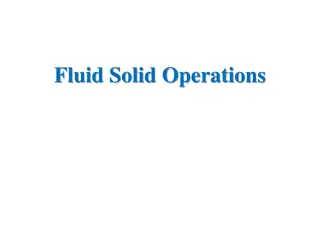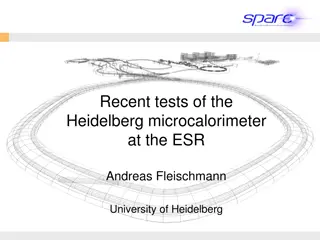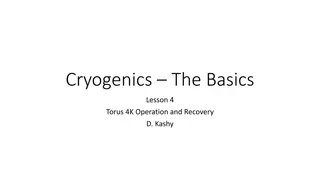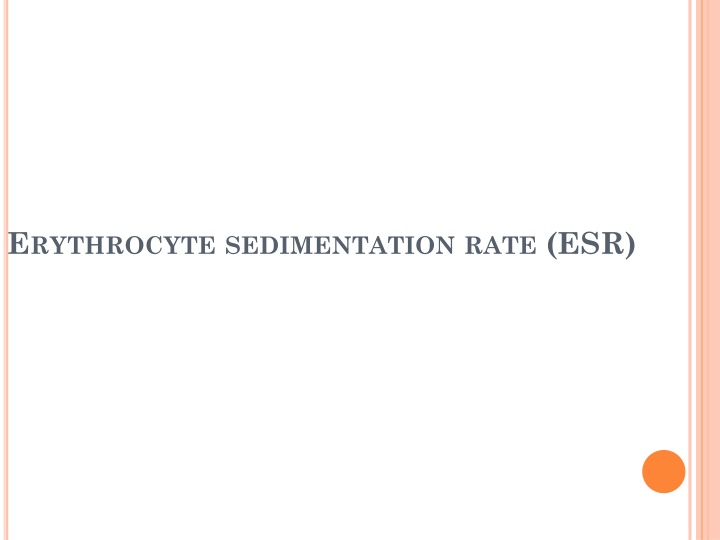
Erythrocyte Sedimentation Rate (ESR)
Erythrocyte Sedimentation Rate (ESR) is a common blood test used to detect inflammation in the body. The test measures the rate at which red blood cells settle in a vertical tube over one hour. Elevated ESR levels can indicate various health conditions such as infections, autoimmune disorders, and certain types of cancer. This test, along with C-reactive protein (CRP), helps in monitoring inflammatory processes during disease states. The procedure involves collecting blood, mixing it with an anticoagulant, and allowing it to stand for an hour. Interpretation of ESR results should be done in clinical context due to its nonspecific nature as an inflammatory marker.
Download Presentation

Please find below an Image/Link to download the presentation.
The content on the website is provided AS IS for your information and personal use only. It may not be sold, licensed, or shared on other websites without obtaining consent from the author. If you encounter any issues during the download, it is possible that the publisher has removed the file from their server.
You are allowed to download the files provided on this website for personal or commercial use, subject to the condition that they are used lawfully. All files are the property of their respective owners.
The content on the website is provided AS IS for your information and personal use only. It may not be sold, licensed, or shared on other websites without obtaining consent from the author.
E N D
Presentation Transcript
INTRODUCTION AND PRINCIPLE ESR is the rate of RBCs' settle down in millimeters per one hour. Anticoagulated blood is allowed to stand in a special narrow vertical tube (Westergren tube) for one hour. RBCs by time will settle down (sediment) leaving clear plasma above. Note: normally RBCs sediment by rouleaux formation (RBCs aggregate one on the top of the other forming a stack or column of RBCs). Rouleaux formation happens faster during inflammatory processes due to formation of high proportion of fibrinogen, globulins, and other acute phase reactant proteins which hasten the RBCs sedimentation rate.
Normal values of ESR: Adult men 0-17 mm/ hr Adult women 0- 25 mm/ hr Extreme elevation if ESR > 100 mm/hr
MATERIAL AND INSTRUMENT:- 1-Westergren pipette (30 cm in length & 2.55 mm in internal width): it is graduated and open at both ends the graduation is from 0 200 mm. 2-Westergren pipette rack equipped with leveling screws. 3-3.8% Sodium citrate as an anticoagulant in a ratio of 1:4 with blood. 4-Syringe for the withdrawal of blood from the vein of the patient.
PROCEDURE:- 1-Withdraw 2 cc of blood from the patients vein using the syringe 2-Put 0.4 cc of sodium citrate in a plain test tube 3-Immediately add 1.6 cc blood from the syringe to the plain tube and shake it for mixing 4-the Westergren pipette to exactly the 0 mark making certain that there are no air bubbles at all in the blood 5-Place the pipette vertically on the rack and leave it for one hour 6-At the end of the 60 minutes read the number of millimeters at graduation scale the top of blood column have reached (i.e.: the height of clear plasma above the upper limit of the column of sedimentary cells) the result is the ESR in mm/ in 1 hour.
MEDICAL CONSIDERATIONS: There are generally two tests to monitor the inflammatory process during disease state, ESR and C-reactive protein (CRP), so that they are nonspecific markers of inflammation. Generally, ESR does not change as rapidly as does CRP. CRP is not affected by as many other factors as is ESR, making it a better marker of
inflammation. However, because ESR test is easily performed, ESR is an initial test when one needs to know if there is an inflammation. Note: ESR increased is typically a result of globulins or fibrinogens (serum protein electrophoresis to determine which of them or both is causing the elevated ESR).
INCREASED ESR OCCURS IN THE FOLLOWING CONDITIONS Physiological: pregnancy, aging, Pathological anemia Temporal arteritis polymyalgia rheumatica Leukemia and Lymphoma (immunoglobulins are secreted in high amounts Children with rheumatoid arthritis or Kawasaki s Disease. Drugs: e.g. (methyldopa, oral contraceptives, theophylline, and vitamin A Infection (Tuberculosis ) may cause extreme elevation. Renal disease may cause extreme elevation. Collagen vascular disease (Rheumatoid arthritis) may cause extreme elevation. Multiple Myeloma or some other type of dysproteinemia may cause extreme elevation. Metastatic Malignant tumors especially if metastasis occur may cause extreme elevation. Rouleaux Formation: RBCs have stacked together into long chains Nonspecific cause (2% of cases of high ESR).
DECREASED ESR OCCURS IN: Congestive heart failure Polycythemia Hereditary spherocytosis Drugs: albumin, aspirin, and cortisone. Erroneous values (laboratory errors) Artifactual (False) high ESR due to: Tilted ESR tube High temperature Sample dilution Artifactual (False) low ESR due to: Inadequate anticoagulation with clotting of the blood sample (consequently will consume fibrinogen) Short ESR tube Vibration during testing
ROULEAUX FORMATION: RBCS HAVE STACKED TOGETHER INTO LONG CHAINS







